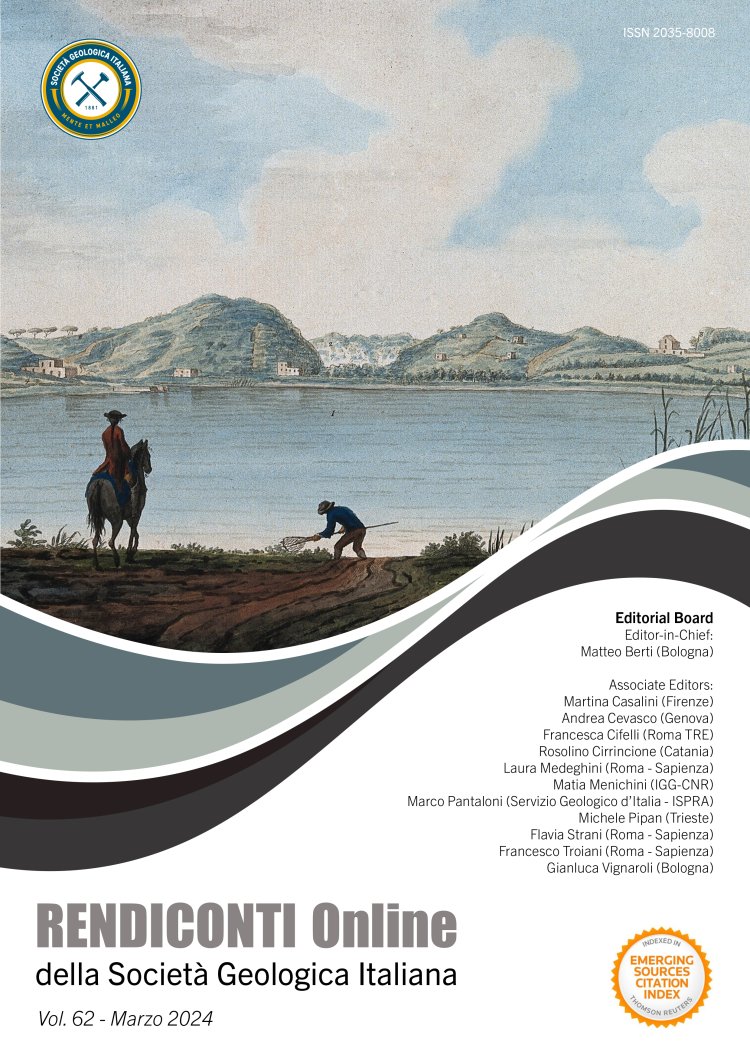
Fossils as a source of myths, legends and folklore
Marco Romano1,2
1Dipartimento di Scienze della Terra, Sapienza Università di Roma, Piazzale Aldo Moro 5, Roma.
2Evolutionary Studies Institute (ESI), University of the Witwatersrand, Johannesburg, South Africa.
Corresponding author e-mail: marco.romano@uniroma1.it
DOI: https://doi.org/10.3301/ROL.2024.11
Volume: 62/2024
Pages: 103-117
Abstract
Fossils, as ‘mysterious’ and often difficult to interpret natural objects, have always fascinated humans with evidence dating back to the Upper Paleolithic. The earliest written records about petrified remains of plants and animals are found in fragments of works by Thales (636-546 BC), Anaximander (615-547 BC), Xanthus of Sardis (500 BC), Herodotus (484-425 BC), and Eudoxus of Cnidus (about 366 BC). However, fossils became a part of folklore in numerous cultures worldwide long before being studied in the field of natural sciences. Due to their enigmatic and ambiguous nature, these ‘petrified’ remains were often linked to legends, myths, necromancy, medicinal remedies, and alchemy. In fact, several legends of dwarves and giants from ancient Greece and Asia Minor likely have a direct link to the discovery of fossils of large vertebrates, representing a first attempts at explaining the unusual finds of fossilised remains. In this contribution, some examples of the influence of fossils on folklore, legends and medicinal remedies in different cultures over time are reported and discussed. Only when correctly interpreted as lithified remains of once-living organisms, the study of fossils has enabled significant advancements in various fields of early Earth Sciences.
Keywords
Get Full Text